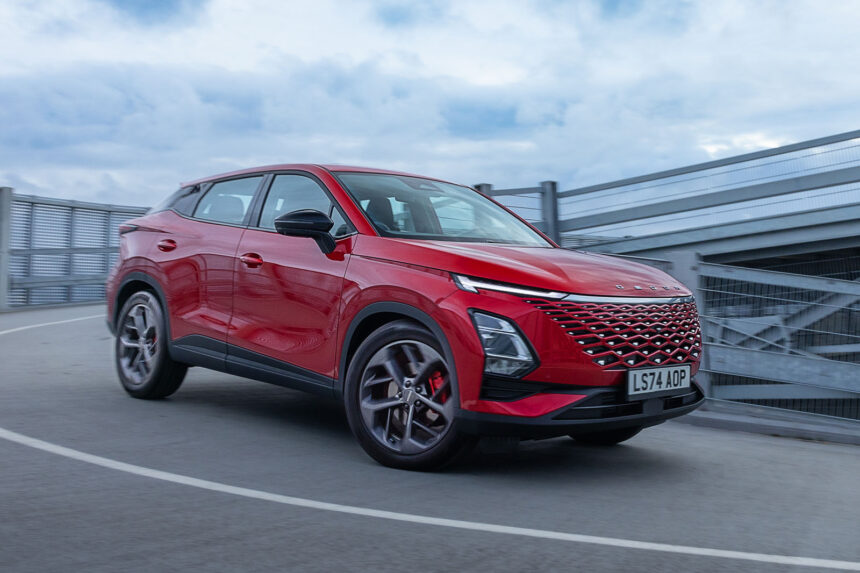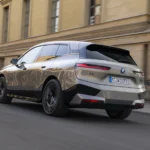New Electric Car Interior Design: A Step Forward
When comparing the cabins of the 5 and the E5, one might expect them to be identical. However, according to an Omoda executive, the electric car’s interior is “half a generation” ahead.
Although the differences may seem small individually, they collectively enhance the overall feel of the E5. The E5’s dash features softer trim, a cleaner design on the transmission tunnel, and smarter integration of components like window switches and speaker covers. As a result, the electric car exudes a more luxurious ambiance, justified by its higher starting price of £33k compared to the 5’s £25k.
Despite these upgrades, the essential layout remains the same for both models, and it has proven to be quite successful. The driving position, while slightly elevated, offers adequate adjustability in the steering column and seats (which are electrically adjustable regardless of the trim level). The seats themselves are more contoured than what is typically seen in this price range, allowing for a comfortable driving experience. The side-by-side 10.3-inch displays, positioned atop the dash, add a sophisticated touch without being obtrusive. The full-width vents and squared-off steering wheel base reminiscent of Audi contribute to the overall upscale feel of the cabin.
Beneath the sleek surface, it is evident that cost-efficiency was a priority in the cabin construction, as expected. Despite appearances, every material used is plastic, and there is noticeable play in some of the switchgear. Additionally, the plastics in less visible areas are often hard and lack refinement.
Storage options are adequate, with a deep central cubby that can be ventilated by the air-conditioning system for storing perishables. The sloped section of the center console conveniently accommodates phones, offering an alternative to using Apple CarPlay or Android Auto on the central display. While the native system’s graphics and menus are satisfactory, they do give off a somewhat aftermarket vibe.
However, the 5 falls short in terms of rear passenger comfort and cargo space. The sloping roofline compromises headroom in the back, and the small rear window hampers visibility. With only 680mm of rear legroom, the 5 lags behind competitors like the Nissan Qashqai and even smaller vehicles such as the Hyundai Kona. Additionally, the limited boot space of 380 liters (76 liters less than the smaller Ford Puma) further underscores the packaging challenges of the 5 despite its nearly 4.5m length.
Overall, while the interior design of the E5 represents a step forward in luxury and sophistication, the 5 still struggles with practicality and space efficiency. These shortcomings may deter potential buyers looking for a more versatile and spacious electric car.







